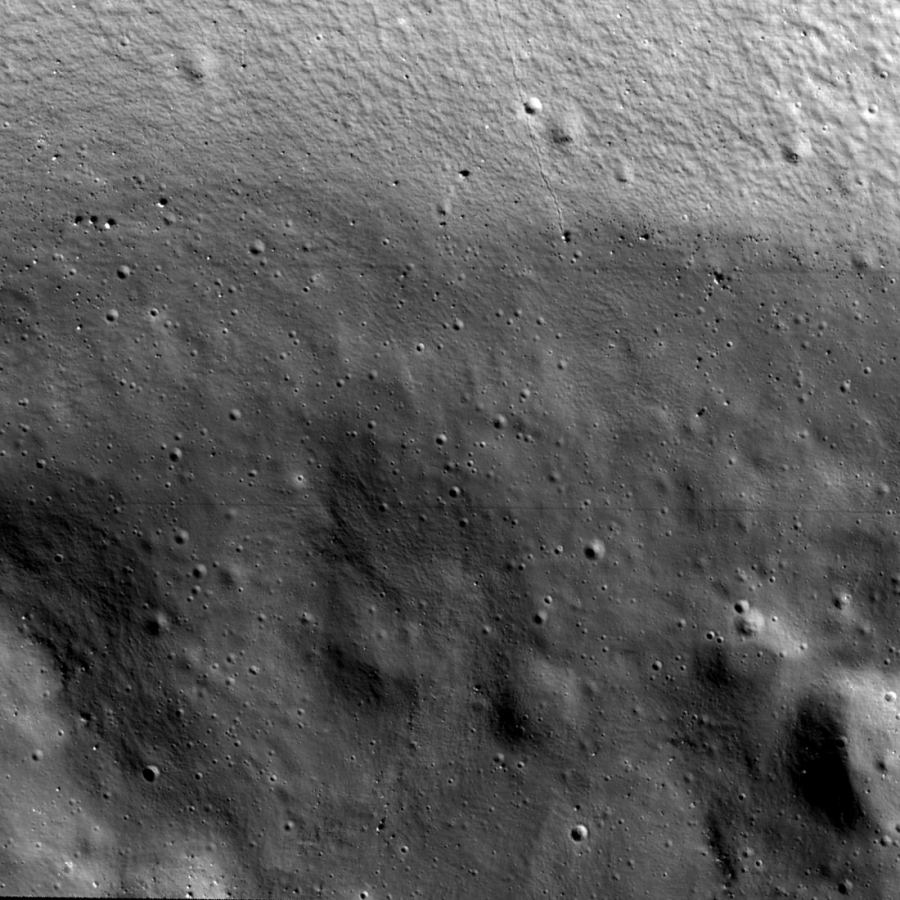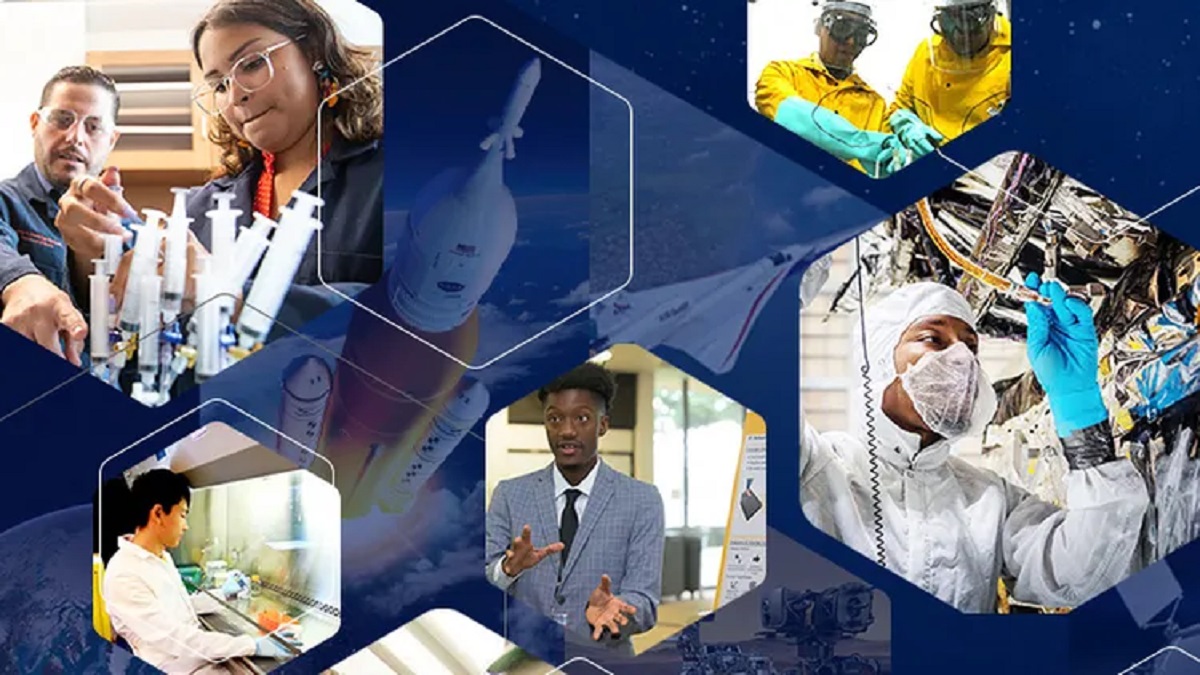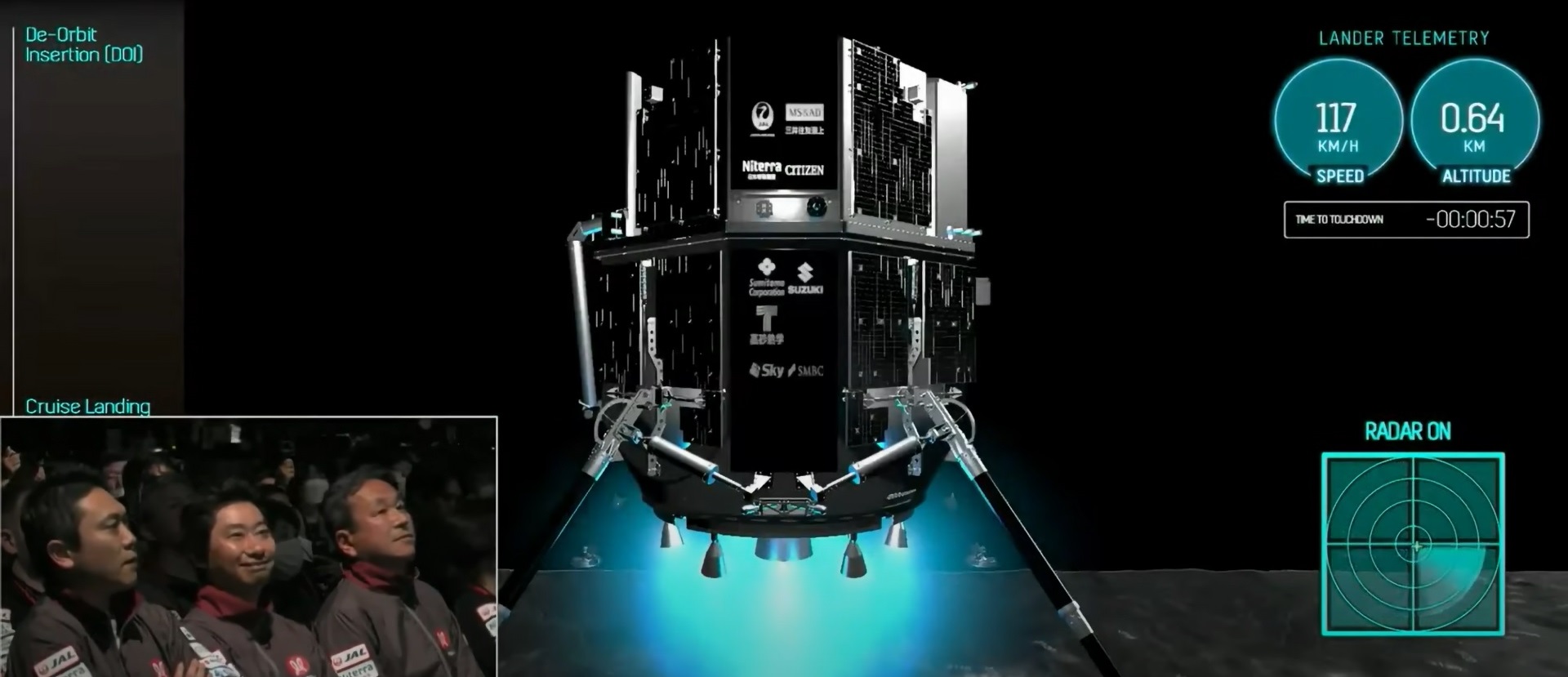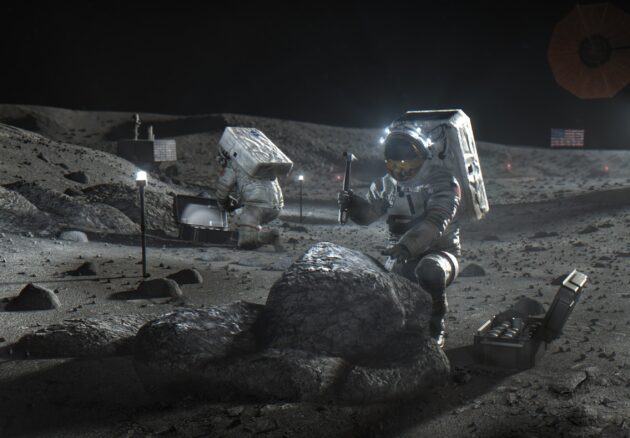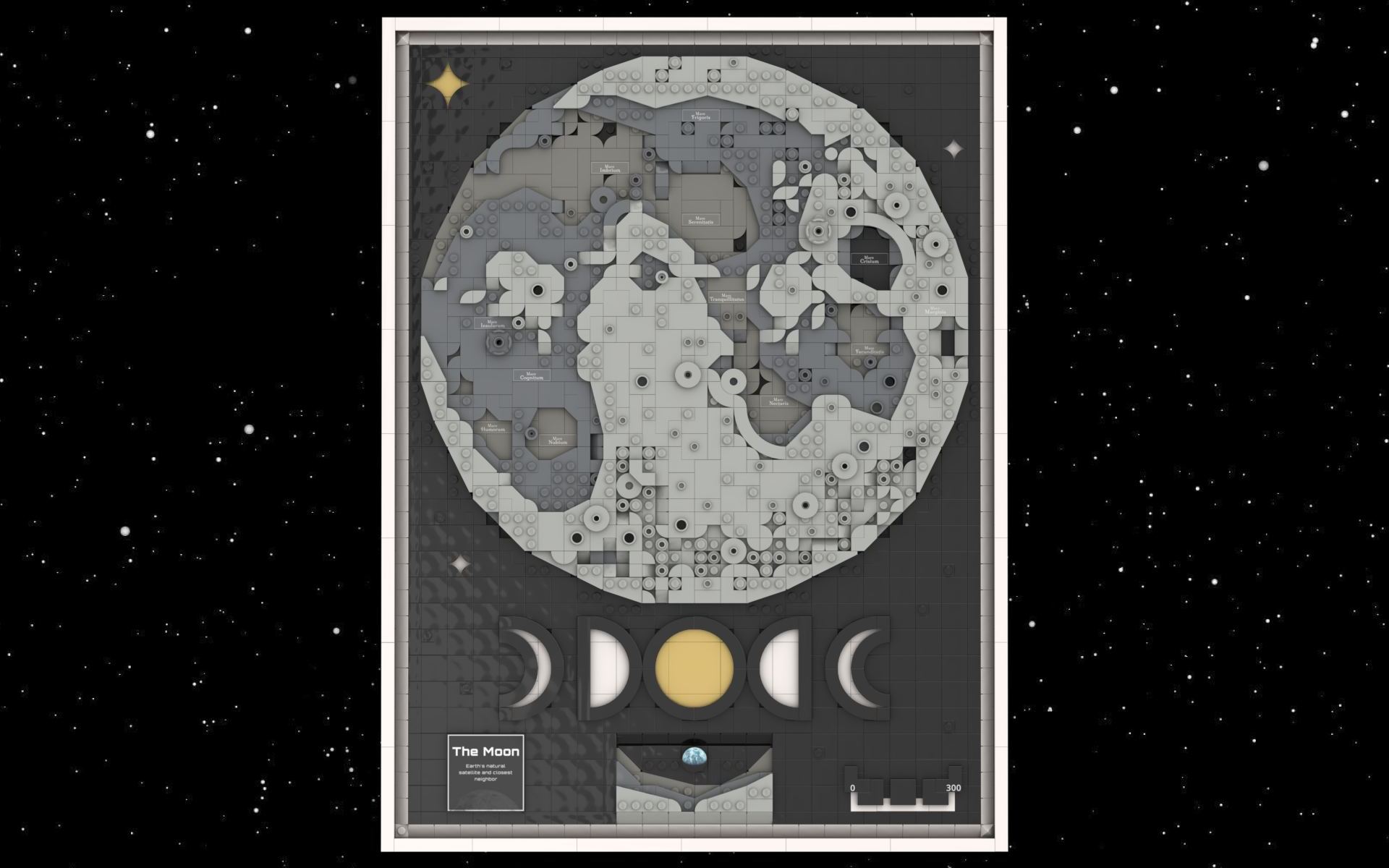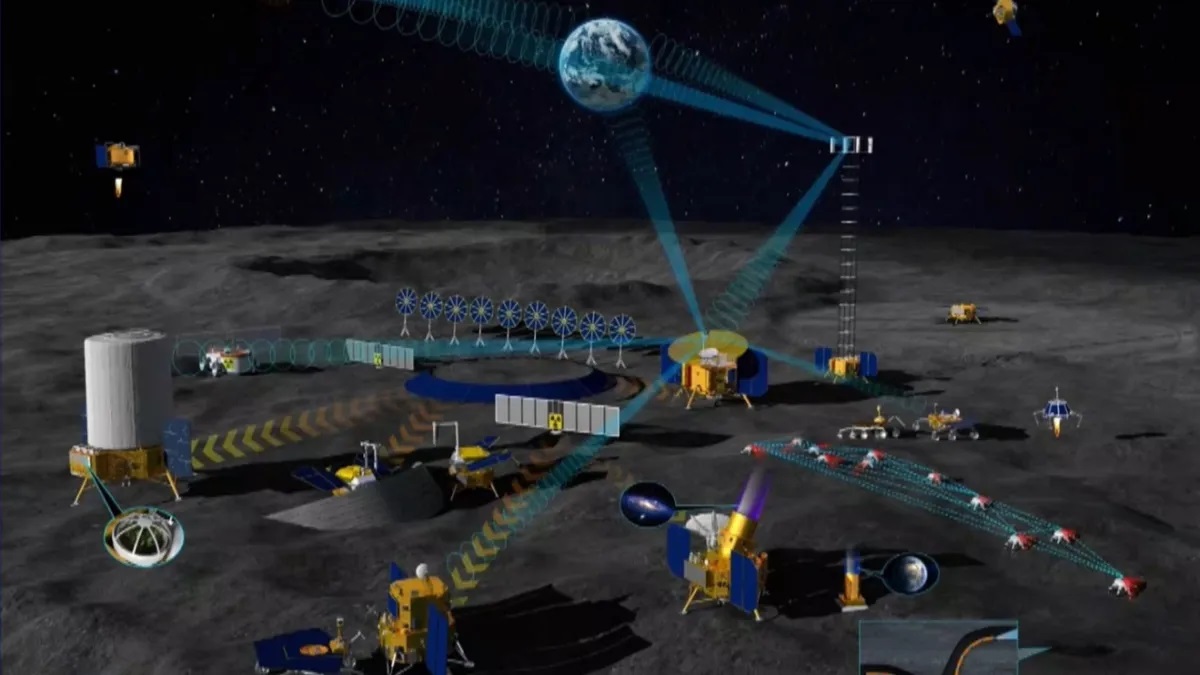OK, LEGO fans, it’s time to vote this awesome new LEGO Idea into existence! A stunning new 2,360-piece Lego Art space poster called “The Moon: Earth’s Companion” is currently gathering supporters on the LEGO Ideas website. If it gets enough votes, LEGO will review it and possibly create it.
This highly detailed, retro-style brick-built Moon map is not only beautiful, but educational. When put together, it shows the Moon’s craters and terrain features, displaying lunar geology and maria. It also includes geometrical phases of the Moon and a brick-built panorama depicting the Earth rising over the lunar landscape.
Not surprisingly, the idea was chosen as one of the LEGO Ideas Staff Picks, which celebrates “fantastic projects that show off something out of the ordinary.” In just a matter of weeks, the submission has already notched up over 8,800 supporters, and is well on its way to the 10,000-supporter milestone needed for it to be considered for production by Lego. Let’s do this, vote here!
Continue reading “An Amazing New Map of the Moon, In LEGO”
